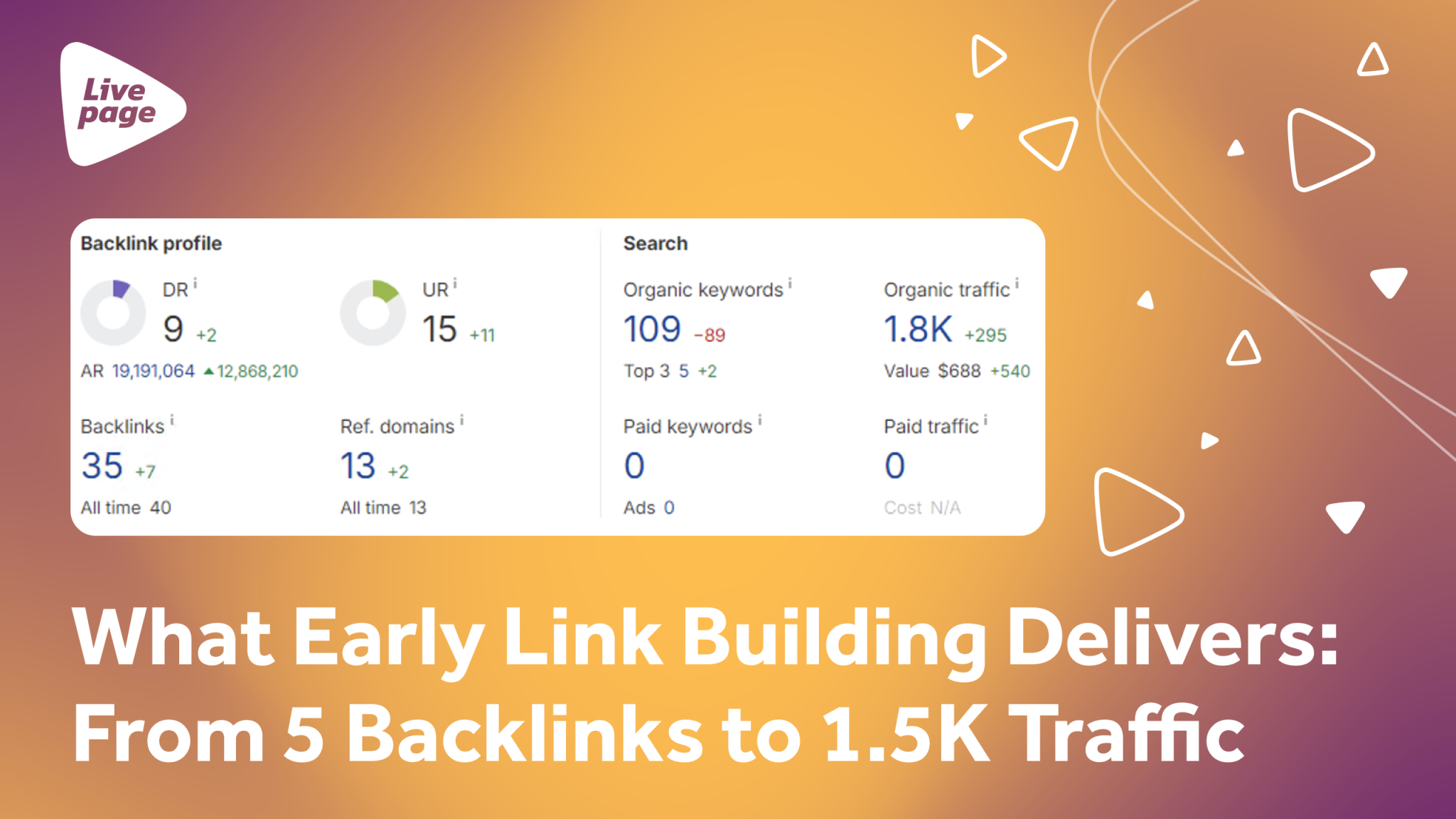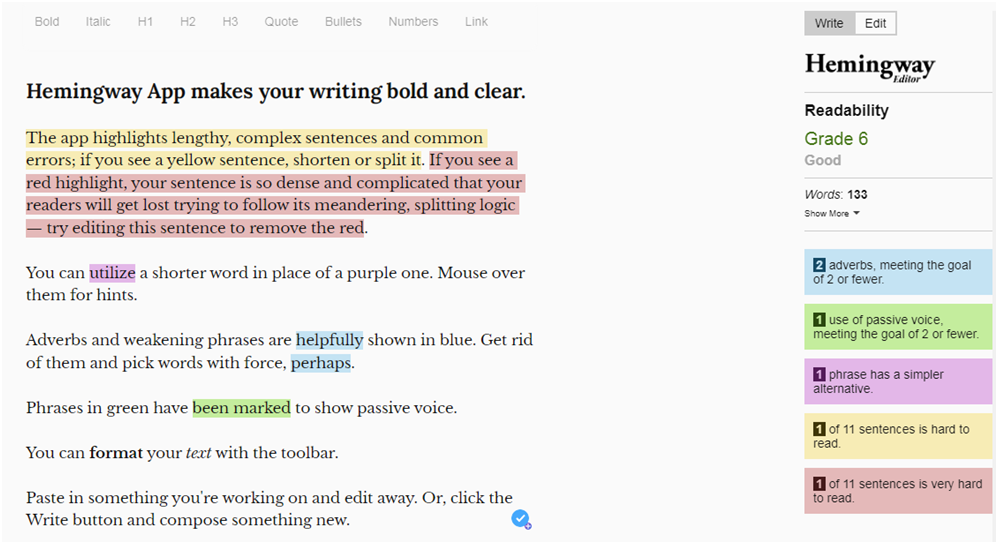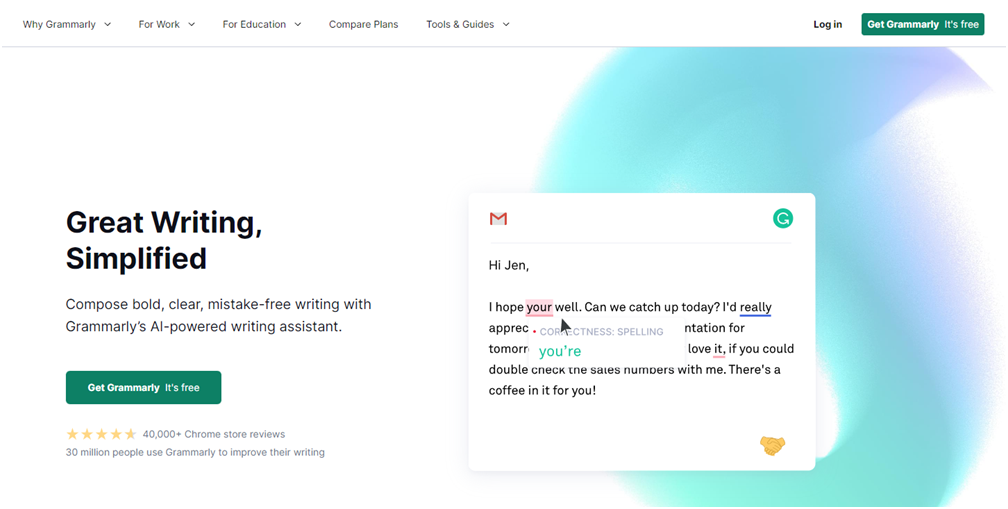
Hemingway vs Grammarly: which one is better for effective content writing

Nowadays, the content businesses publish on their websites is catching more attention of potential customers. No wonder, people need to know what benefits are up for grabs when it comes to selling goods or services. As well as to ensure the company does know its product backward and forwards.
Consequently, business owners must bear in mind – content requires thorough editing. And here is why.
Yes, quality matters
Having appeared on the website, the content is immediately exposed to the public, so there is no room for error: an editor has to make all the necessary changes to the text before that very moment. The reason for this is quite obvious: the quality of the published material is equal to the quality of a company’s product.
In a nutshell, if a business wants to retain readers and turn them into clients, all the text nuances, from grammar to writing style, must be impeccable.
In this case, you must rely on something other than the usual spell-checking built-in programs like Microsoft Word and Google Docs. Only obvious errors are on their radar, so when relying on them, there is no certainty about how it will turn out.
This is where the most popular editing tools on the market, like Grammarly and Hemingway, come in handy. But how can a business owner know which one is more appropriate?
Let us dive into the details.
A few words about Hemingway
The Hemingway Editor is a useful language tool that highlights and corrects grammar. It looks at fluency and text structure flaws to make your writing look attractive and free of complicated words and long constructions. Along with other capabilities, the app points out the overuse of the passive voice, adverbs, and hard-to-read sentences and offers simpler alternatives to written phrases.

Apart from its counterpart, the Hemingway editor is less focused on grammatical issues. Its main emphasis is placed on writing elements to enhance readability.
Pros
- Simple tool to improve overall writing performance;
- Cheaper than Grammarly;
- Minimalistic interface;
- The free version allows using most necessary instruments;
- Easy to navigate for newcomers;
- Handles run-on sentences and phrases overwhelmed with dull words.
Cons
- Unable to tell the difference between good and bad writing, grading academic style very poorly in accordance with its scores;
- Impossible to get customizable text parameters;
- The program is tuned-in to detect passive voice and adverbs, and force you to get rid of them, which results in less descriptive and sometimes simplistic work;
- Fails to take into account the context of the text;
- Lacks the knowledge to remove all grammatical errors.
Who is Hemingway for?
Hemingway aims for the terseness and clarity of articles. So it is most useful for those who post lengthy write-ups or all kinds of advertising texts and those who use eloquent details in their writing. How? It cuts out unnecessary pieces and brings content to the next level, giving the text more smoothness and integrity.
To cut a long story short, Hemingway focuses on simplifying and enhancing the text’s conciseness and readability. It is most suitable for professional writers who need more polished work.
However, if your task is to improve complex writing, Hemingway is not an option. The program just can’t handle complex topics, like IT or business-related ones, due to specific terminology with a lot of vocabulary required to create such content. Getting rid of complicated words or specific figures of speech always results in oversimplification, leading to poverty of language, lack of information, and, eventually, poor performance.
Readability score
Hemingway has its scoring system, and the final grade depends on how easy (or hard) an article is to read.
The grade corresponds to the education level of the reader. If your text received a grade of 6, it means even a sixth grader can easily understand the article. Therefore, a lower grade is considered a better result.
Note: IT or business-related content will be regarded as complex writing and graded accordingly.
Let’s talk about Grammarly
Grammarly is a modern AI-powered grammar-checking and plagiarism-detecting program. Not only does this tool help to find the most common flaws in the text, such as spelling and punctuation defects, but it also has specific grammar skills that are not taught in school.
And even more.

The Grammarly editor possesses a wide range of instruments to improve text quality as accurately as possible. It is fast, considers context, checks for errors, and highlights the excessive use of passive voice. Moreover, Grammarly leaves recommendations for vocabulary, which makes editing a piece of cake. To some extent.
Pros
- An accurate, fast, and versatile editing tool;
- You can customize a personal dictionary;
- The free version has many options for newcomers;
- Encompasses various writing aspects: grammar, vocabulary, and style of writing;
- Provides an option to adjust text settings to comply with different audiences.
Cons
- It’s rather costly compared to the other editing programs;
- The interface may appear a bit overwhelming at first glance;
- At times fails to recognize complex grammar.
Who is Grammarly for?
Grammarly has a great many features to offer. Amateurs and professional writers, content creators, and online businesses of all kinds can benefit from using this editor. It is a helpful tool to improve the general presentation of text and turn simple writing into an entire project, where you get a vast array of alternatives.
The Grammarly app easily integrates into your usual software like regular emails, messengers, or even Microsoft Word. Yet, the main advantage of it is a goals tab, which breaks down into five goals: audience, formality, domain, tone, and intent.
By selecting options within the categories given, you can decide what changes your text will undergo depending on the content’s purpose.
Suppose the audience requires almost no effort to read the text. In that case, your writing will be informal, and the domain will be casual; the edits offered by Grammarly will cover this particular area of text to meet your expectations.
In contrast, when you expect an expert audience to read the articles and have chosen a business domain along with an analytical tone, Grammarly will shift to a different editing mode, adjusting the text to business content standards.
Readability score
Grammarly grades a text according to the amount of genre-specific mistakes. More mistakes refer to a lower grade and vice versa. However, you can choose among writing genres (blog posts, marketing, technical writing, etc.) so that your words and sentence structures conform to the chosen niche. This feature helps to assess the text as objectively as possible.
Summing up
Overall, Hemingway and Grammarly are excellent content enhancement tools that benefit writers or business owners. Thus, as has been previously noted, there are a bunch of things that set them apart.
On the one hand, both detect errors and remove flaws from texts that affect the readers’ comprehension of the content.
On the other hand, only one can kill two birds with one stone: offer a good piece of work with great execution.
Frankly speaking, when compared to a service like Grammarly, Hemingway does not stand a chance. Even though Hemingway does a beautiful job, Grammarly has more perks and, therefore – more ways to improve your content in every detail.
If you are hesitant about what editing tool to prefer, Grammarly is the choice we recommend going with. We at Livepage, being a SaaS content writing company, believe Grammarly offers the opportunity to develop a clear, accurate, and strong message to pass on.



















